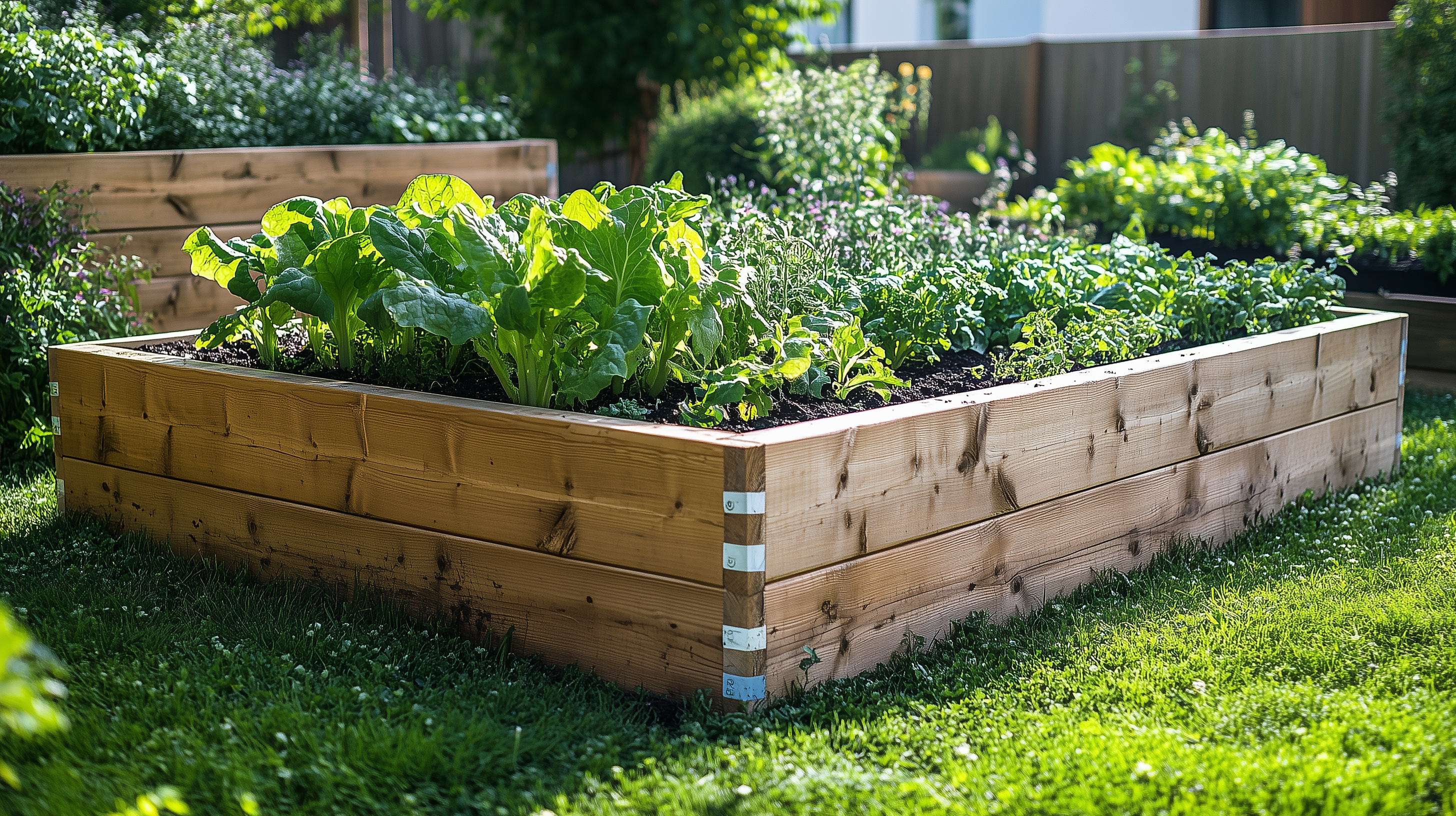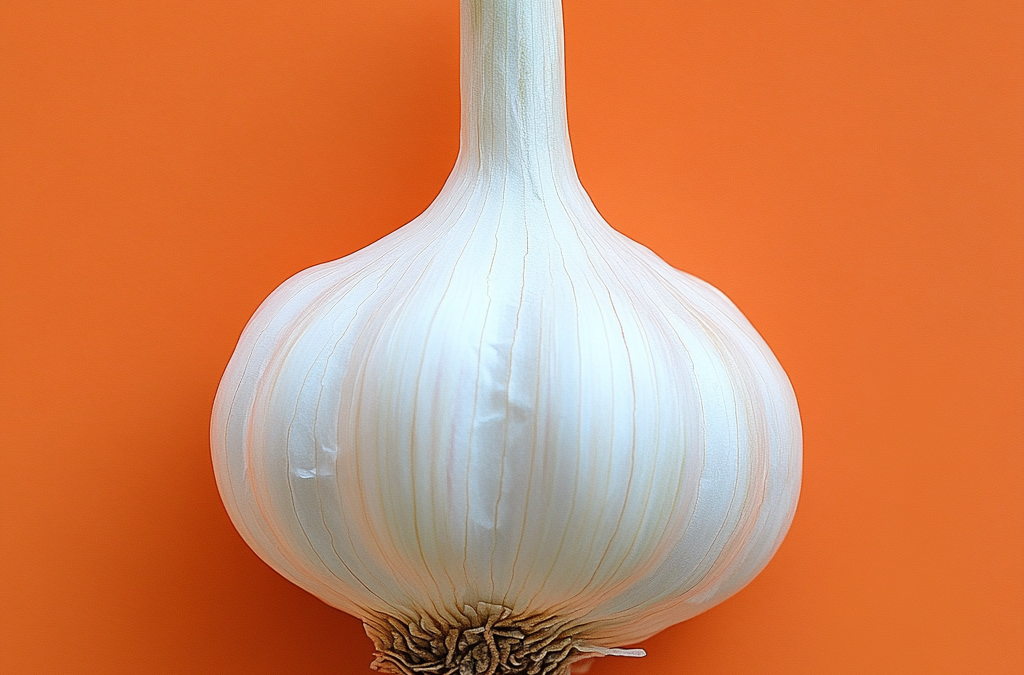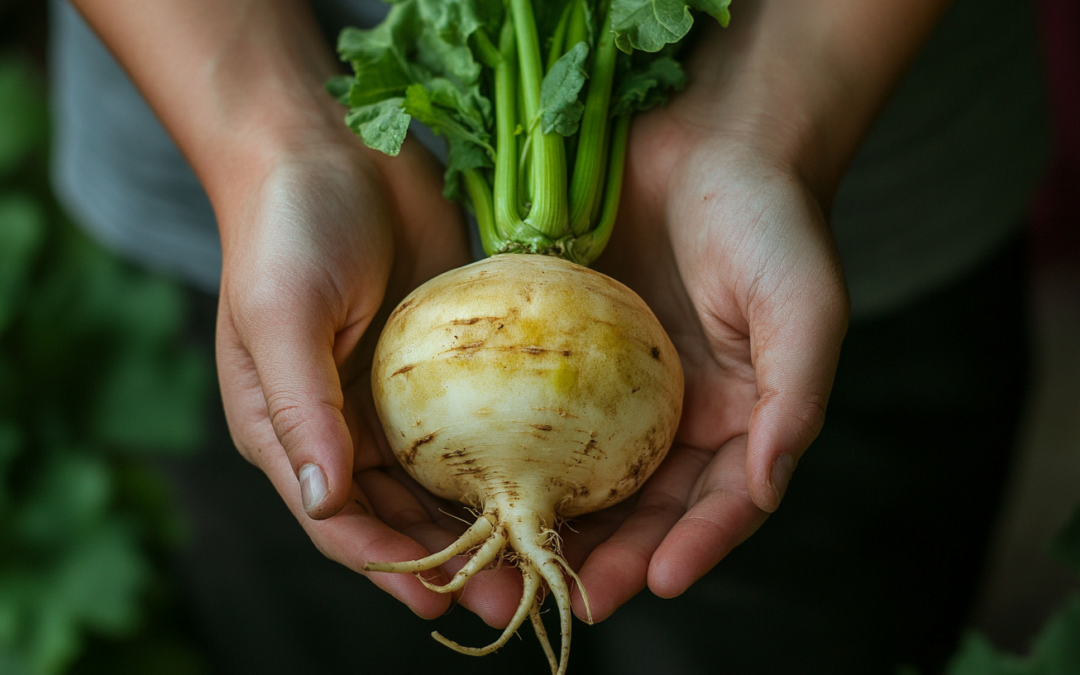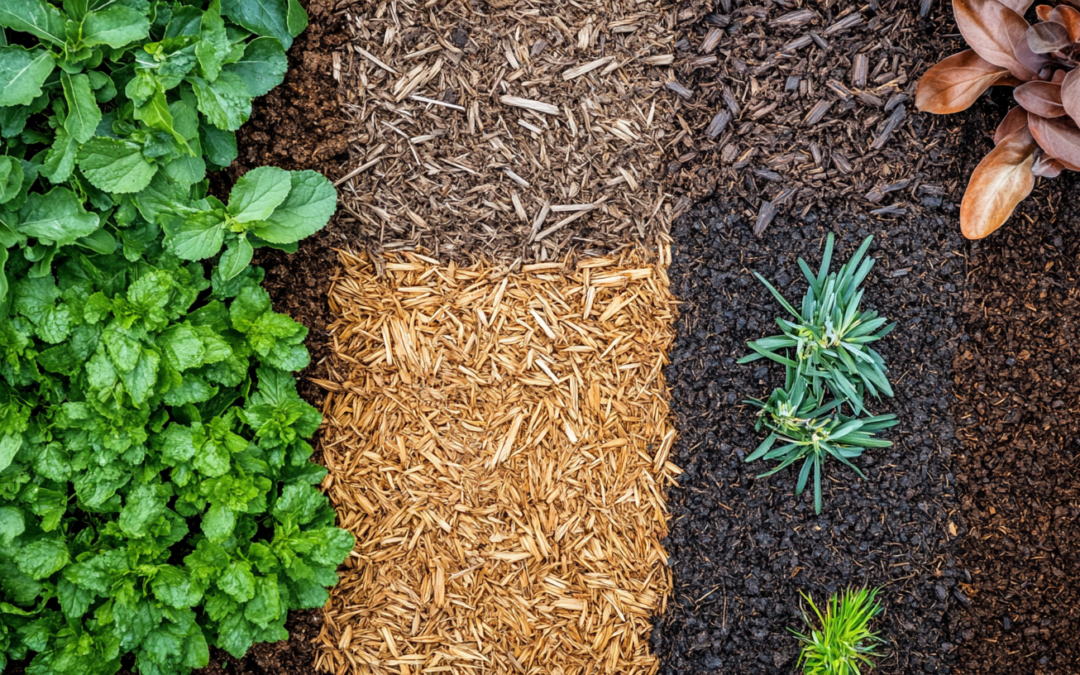If you’re looking to make the most of your small garden space, building raised beds is a great way to maximize your growing area while keeping things organized and manageable. Raised beds not only help with drainage and soil quality but also make gardening more accessible. Here’s a simple guide to help you create your own raised garden beds, no matter how small your space is!
Why Raised Beds?
- Better Drainage: Raised beds allow water to drain more easily, preventing waterlogging.
- Improved Soil Quality: You can control the soil composition, making it easier to grow healthy plants.
- Less Weeding: Raised beds reduce the spread of weeds, making maintenance easier.
- Accessibility: Raised beds can be built to a height that reduces bending, which is ideal for those with mobility issues.
Materials You’ll Need:
- Wood (cedar, redwood, or untreated pine) – These materials are durable and naturally resistant to decay. Avoid pressure-treated wood as it can leach harmful chemicals into the soil.
- Screws or nails – To assemble the wood pieces.
- Drill or hammer – For assembling the bed.
- Landscape fabric – To prevent weeds from growing through the bottom.
- Soil – A mix of compost, garden soil, and other organic matter for healthy plant growth.
- Shovel or rake – For leveling the soil.
Step-by-Step Guide:
1. Choose the Location
Pick a spot that gets at least 6 hours of sunlight per day. Consider how much space you have available, as raised beds can be as small as 4 feet by 4 feet or as large as you need.
2. Measure and Cut the Wood
For a basic 4×4 raised bed, cut four pieces of wood: two 4-foot lengths for the sides and two 4-foot lengths for the ends. You can adjust the size based on your space and needs. If you’re using longer lengths, cut them down to fit.
3. Assemble the Frame
Place the wood pieces on the ground in the shape of a square or rectangle. Use screws or nails to secure the corners. You can reinforce the corners with corner brackets if you want extra stability.
4. Prepare the Ground
Clear the area of any grass, weeds, or debris. Lay down landscape fabric to prevent weeds from growing up into your raised bed. This will also help with drainage.
5. Fill the Bed with Soil
Fill your raised bed with a mix of soil, compost, and organic matter. Aim for a soil depth of about 8-12 inches, depending on the plants you plan to grow. Make sure the soil is loose and well-draining to promote healthy root growth.
6. Plant Your Garden
Now that your raised bed is ready, it’s time to plant! Choose plants that are well-suited for your climate and the amount of sunlight your bed receives. For small gardens, try growing compact vegetables like lettuce, spinach, herbs, or dwarf tomatoes.
7. Water and Maintain
Water your raised bed regularly, especially during dry spells. Keep an eye on your plants and remove any weeds that might pop up. You can also mulch around the plants to help retain moisture and keep weeds at bay.
Tips for Success:
- Maximize Space: Use companion planting techniques to grow more in less space. For example, plant taller plants like tomatoes in the center and smaller plants like basil around the edges.
- Add Compost Regularly: Keep your soil healthy by adding compost every year. This will provide nutrients and improve soil structure.
- Rotate Crops: To prevent soil depletion, rotate your crops each season. This will also help reduce the risk of pests and diseases.
Building a raised bed for your small garden is an easy and effective way to grow more in less space. With just a few simple materials, you can create a productive and beautiful garden that will thrive year-round. Whether you’re growing vegetables, herbs, or flowers, raised beds provide the perfect environment for your plants to flourish. Happy gardening!



